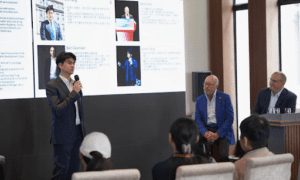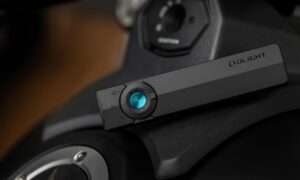There’s a growing shift happening in the built environment. For years, architects and developers spoke about sustainability as a goal, a direction they hoped to move toward. Now it’s no longer a goal—it’s the baseline. In that shift, timber has stepped back into the spotlight, but not in its raw, traditional form. Instead, two advanced materials are leading the charge: ThermoWood and Shou Sugi Ban.
They share the same starting point—softwood from responsibly managed forests—but diverge into two very different outcomes. One is transformed through carefully controlled heat; the other through fire that turns the surface into a carbon-rich protective layer. Both offer distinct strengths, and both answer the new demands of modern construction: durability, stability, lower maintenance, and natural aesthetics that feel grounded rather than artificial.
This combination of performance and authenticity is why more design teams are paying serious attention.
The Engineering Mindset Behind ThermoWood
ThermoWood is what happens when you take something familiar and push it far beyond its usual limits. The timber goes through high-temperature treatment inside a sealed chamber, without chemicals or additives. The heat alters the internal structure of the wood itself. Sugars crystallise, moisture pathways close down, and the board becomes far less reactive to the environment.
The result is timber that behaves differently. It moves less. It shrinks and swells far more slowly. It resists moisture the way a dense hardwood might. For architects designing façades with clean lines, this matters. A stable board keeps its place, and a façade looks the same in year eight as it did on day one.
That reliability is one of the reasons specifiers often turn to ThermoWood cladding when they need consistency in both appearance and long-term behaviour.
ThermoWood is still recognisably timber—warm, tactile, and natural—but it works with the precision of a material that has been engineered, not just processed.
Shou Sugi Ban: Fire as a Tool for Beauty and Protection
If ThermoWood feels refined and controlled, Shou Sugi Ban feels expressive. The technique is rooted in traditional Japanese carpentry, where timber was charred to protect it from weather and insects. The process has evolved, but the principle remains the same: apply fire in a controlled way so that the outer layer carbonises without compromising the core.
The char layer looks dramatic, but it also functions as a natural shield. It slows degradation, resists pests, and offers surprising longevity. But the biggest attraction is the aesthetic—not glossy, not synthetic, and not uniform. It’s textured, matte, quiet in some light and bold in others.
That’s why designers often choose Shou Sugi Ban wood for projects where they want impact without relying on bright colours or heavy materials. It works with stone, metal, glass, and untreated timber, creating a contrast that feels intentional rather than decorative.
Two Approaches, One Purpose
Even though these materials sit at opposite ends of the spectrum—clean modern lines versus deep, textured character—they respond to the same needs emerging across the industry.
Timber must do more than look good. It must perform well, last longer, and give developers confidence that a natural façade won’t become a maintenance burden. ThermoWood achieves this by reducing movement and moisture reactivity. Shou Sugi Ban achieves it by turning the surface into a protective layer.
Their differences give architects flexibility. Some projects benefit from the calm consistency of ThermoWood. Others need the depth and shadow of charred boards. Many combine both—one for the main façade, one for contrast—creating buildings that feel more rooted in the landscape.
Why These Materials Fit the Future of Design
There’s a trend toward materials that feel honest. Buildings are moving away from plastic-looking finishes and coatings that mask the surface. Designers want textures, tonal variation, and elements that age gracefully.
ThermoWood silvers slowly and predictably. Shou Sugi Ban holds its dark depth for years. Both shift over time, but in ways that still feel intentional.
This is part of the broader move towards sustainable construction—not just in carbon terms, but in aesthetic life cycle. A façade should mature, not deteriorate. A building should gain character, not lose quality.
As regulations tighten and clients demand demonstrable sustainability, these two materials fit neatly into the space between high performance and natural authenticity. They bring innovation without losing the character that makes timber timeless.
For industry professionals looking to balance reliability, aesthetics, and environmental performance, ThermoWood and Shou Sugi Ban represent the direction that modern timber is heading—smarter, stronger, and better aligned with the expectations of contemporary architecture




























